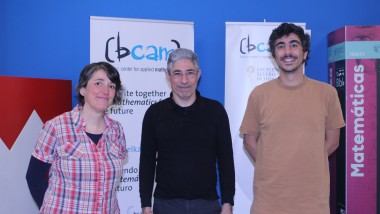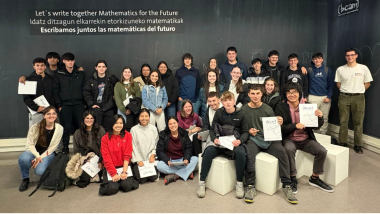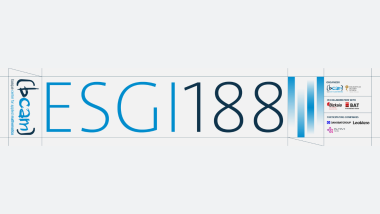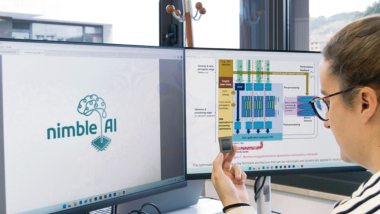BCAM researchers participate in a study that integrates advanced fire-spotting models into wildfire simulations, a breakthrough in predictive accuracy
- The study led by Gianni Pagnini is part of the Be a Better Digital Fire-Fighter project (PDC2022-133115-I00) and addresses the phenomenon of fire-spotting, a key factor in the spread of fires.
- The research focused on a case study from the 2021 wildfire in Campomarino, Italy, where fire-spotting significantly influenced fire spread dynamics
- The findings are expected to inform more precise fire risk assessments and aid in mitigating the devastating impacts of wildfires globally.
Bilbao- Researchers from BCAM (Basque Center for Applied Mathematics), led by Gianni Pagnini (Leader of the Statistical Physics Group and Ikerbasque Research Associate at BCAM), have achieved significant advances in wildfire research by enhancing the predictive capabilities of operational wildfire simulators. A critical aspect of their work involves addressing the complexity introduced by the randomness in fire detection, where embers from a primary fire can ignite new fires at considerable distances, complicating suppression efforts.
The scientific success of this work lies in collaborative research at various levels, from fundamental research to applied research, shaping a collaborative and multidisciplinary study involving BCAM, CIMA Research Foundation, Italian Civil Protection / Regional Government of Molise (Italy). This article is a deliverable of the Proof of Concept project PDC2022-133115-I00 "Be a Better Digital Fire-Fighter"
In this study led by Pagnini, innovative fire detection parameterizations were integrated into the PROPAGATOR simulator based on Cellular Automata (CA). This advancement includes the implementation of RandomFront, a physics-based parameterization previously unexplored in CA-based simulators.
The research focused on a case study of the 2021 wildfire in Campomarino, Italy, where fire-spotting significantly influenced fire spread dynamics. By comparing RandomFront with established parameterization literature, researchers observed that RandomFront produced a more intricate fire ignition probability pattern, highlighting higher ignition probabilities in areas affected by fire detection.
Accurate prediction of fire behavior is crucial for effective wildfire management. This study underscores the importance of integrating innovative fire-spotting models into simulators like PROPAGATOR, thereby enhancing the ability to predict wildfire spread and support decision-making.
This research not only advances scientific understanding of fire detection dynamics but also sets a benchmark for future improvements in operational wildfire simulation models. The findings are expected to inform more precise fire risk assessments and help mitigate the devastating impacts of wildfires globally.
The study and project conform to the EU-TRL classification: TRL 7. Technology Readiness Levels (TRL) indicate technology maturity levels ranging from 1 to 9, where TRL 7, in this scale, signifies high applicability, with a system or prototype demonstration in a real environment. Additionally, the scientific article has been published in "Agricultural and Forest Meteorology," a high-impact journal.

Related news
About the center
About the center




